What Are Orthodontic Treatments?
Orthodontic treatment primarily aims to straighten teeth and correct function using braces, aligners, or surgery for more complex situations. People desire straighter teeth for various reasons, from enhancing their smile's appearance to improving dental function. Orthodontists can resolve issues like crowded teeth, gaps, overbites, underbites, and crossbites, ultimately providing a straighter, more functional, and healthier smile.
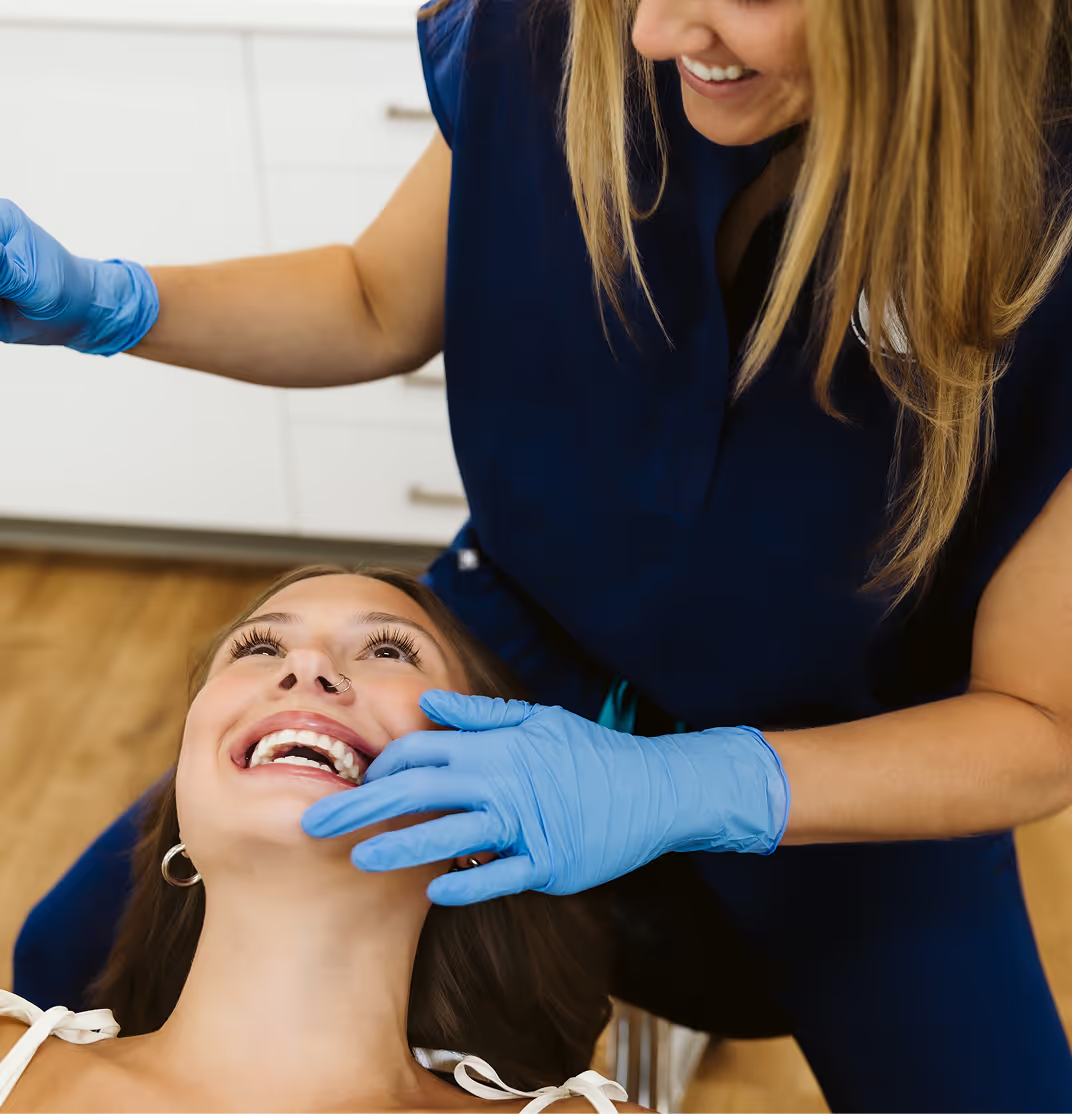

Understanding Different Kinds of Orthodontic Treatments
Braces are what most people think of when they hear 'orthodontics,' but there's a whole world of treatments out there. From different gadgets to specific procedures, there's something for everyone's unique needs. Let's dive into some of the most common orthodontic treatments.
Braces, Aligners, and Expanders
The most frequently used orthodontic treatment, these braces excel at correcting a wide variety of alignment problems. Traditional metal braces involve attaching metal brackets to the front surfaces of teeth. These brackets are connected by wires that are regularly adjusted by the orthodontist to guide the teeth into their correct positions. Often, a small elastic band is used to hold the wire in place within the bracket; children especially enjoy being able to select the color of these bands.
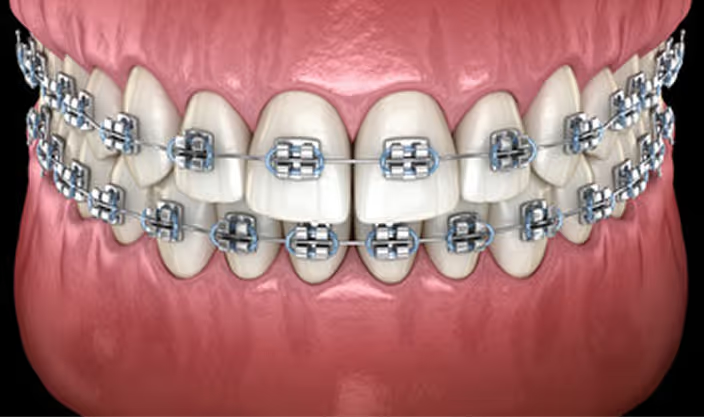
Many orthodontic practices also provide traditional-style braces constructed from clear materials. These braces are significantly less noticeable compared to their metal counterparts. This aesthetic advantage makes clear braces a popular option for adults undergoing orthodontic treatment.
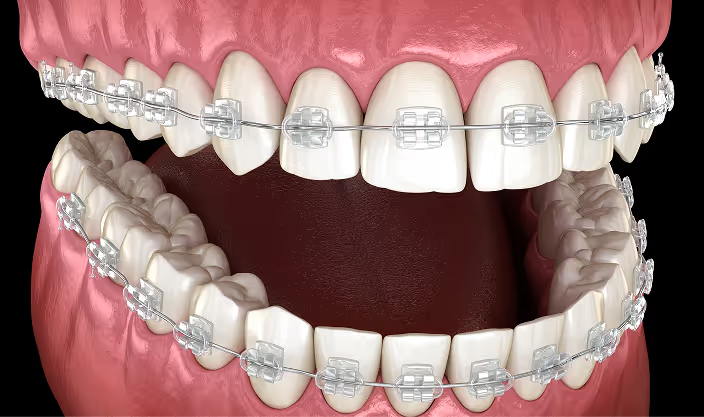
Clear aligners go by several common brand names, such as Angel Aligners©, Invisalign© and 3M© Clarity Aligners. While other brands are available, Dr. Jenna Walburn recommends Angel Aligners due to their quality and innovation. They are also BPA and latex free.
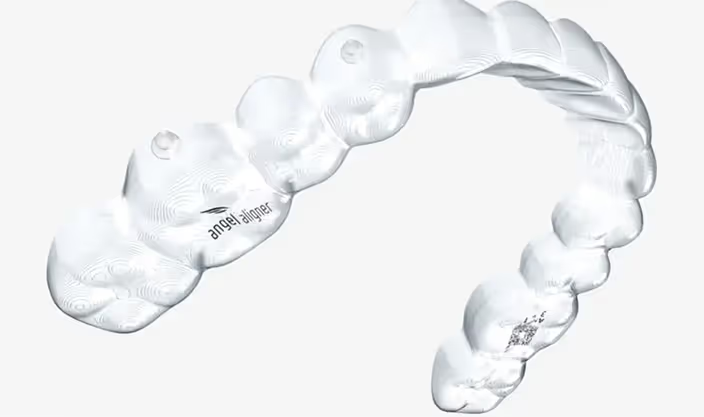
Palatal expanders work by gently widening your upper jaw. These appliances are gradually adjusted to expand your palate. Orthodontists may use them before braces to create space for crowded teeth, or as a standalone treatment for crossbites.
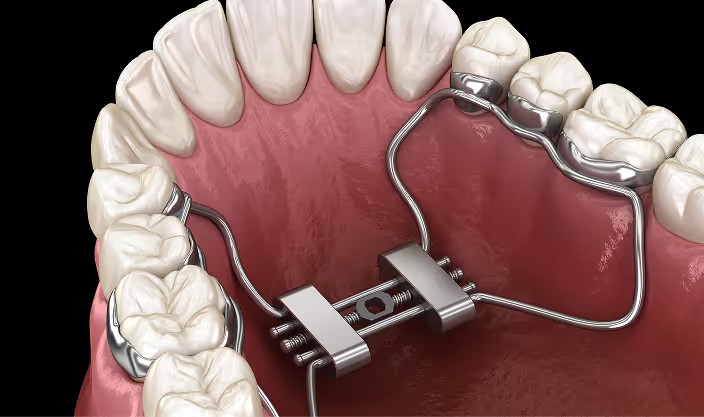
Surgical Orthodontic Treatments
Sometimes, fixing more complex issues needs both orthodontics and surgery. These surgical orthodontic treatments tackle issues that braces alone can't handle. With these treatments, Dr. Jenna will work with a skilled oral and maxillofacial surgeon.
Orthognathic surgery corrects significant malocclusions by surgically repositioning the jaws for improved alignment and function. Often used alongside braces or aligners, this surgery can fix functional problems, enhance facial appearance, and relieve severe bite issues.
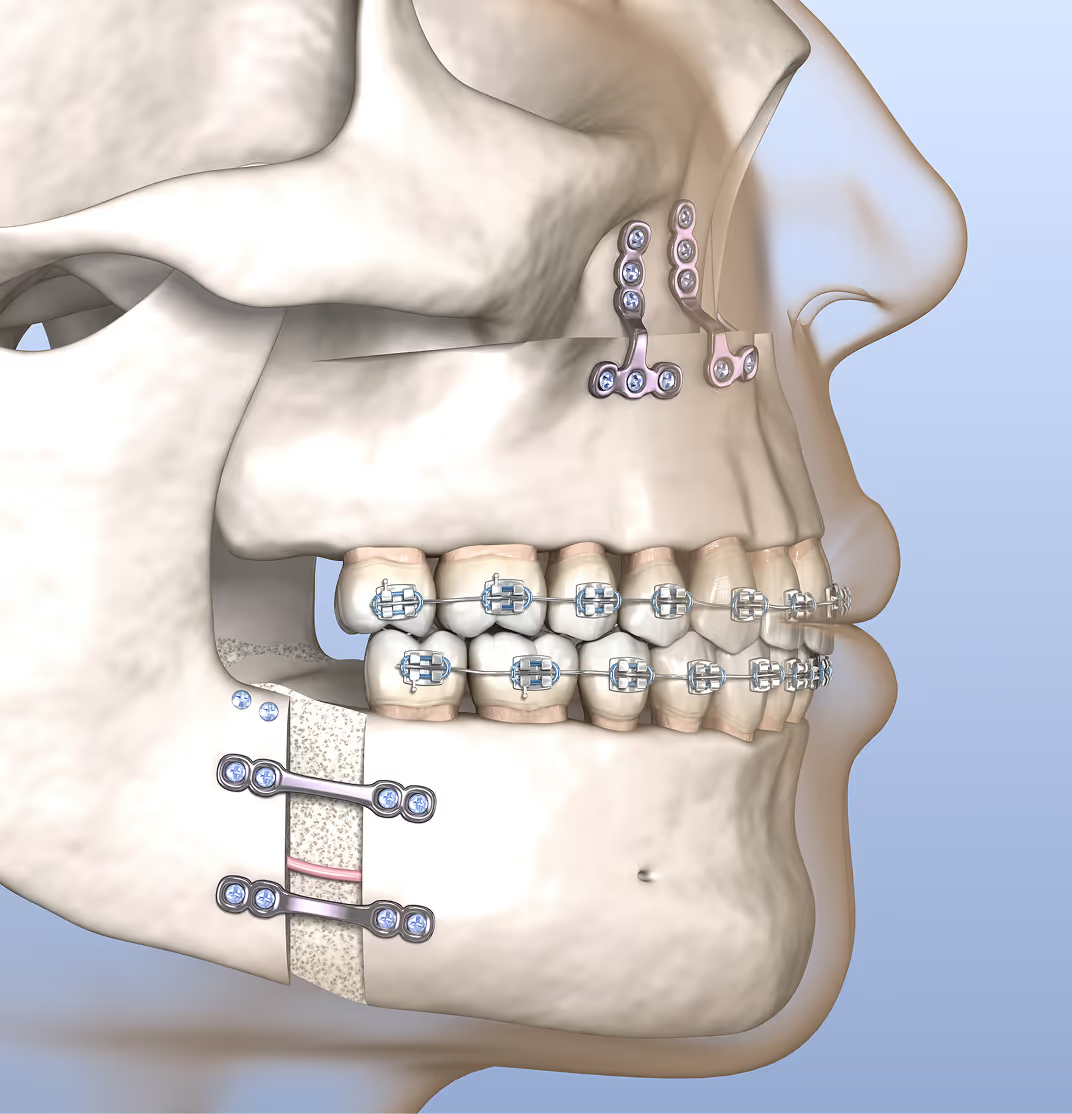
This procedure involves surgically removing gum and bone to uncover a tooth that hasn't erupted properly. Once exposed, orthodontic appliances can guide the tooth into its correct position, improving alignment, dental function, and preventing potential problems like cysts or infections.
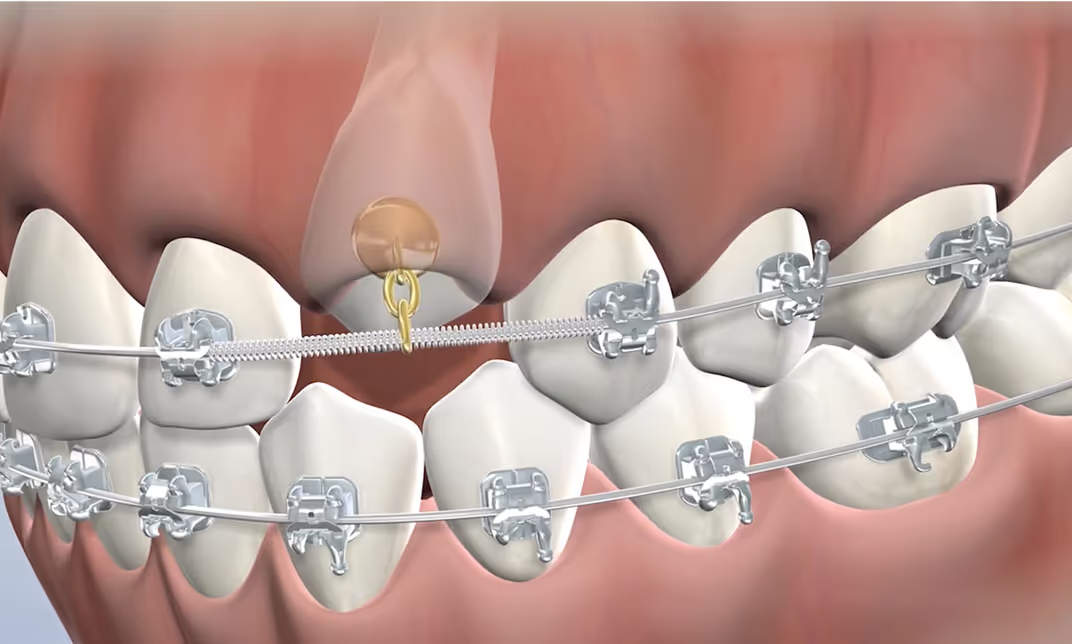
Other Orthodontic Treatments
Retainers are removable appliances worn after braces or aligners to maintain the new positions of the teeth. Consistent use of retainers is essential for ensuring teeth remain stable and do not shift back after orthodontic treatment. These custom-made retainers are worn either full-time or part-time, depending on the specific treatment and the orthodontist's recommendations.
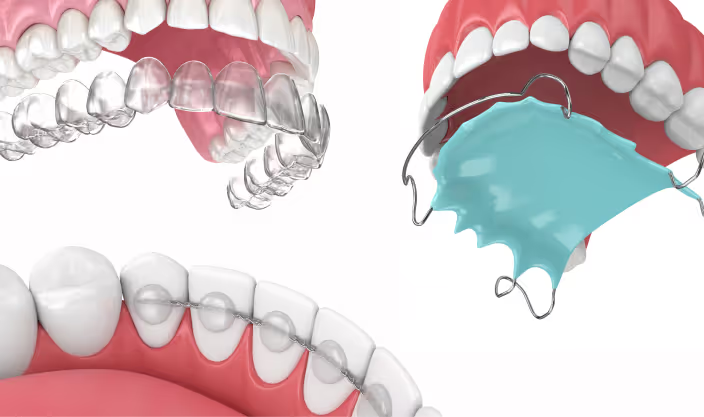
If a child loses a baby tooth early, space maintainers are used to hold the space open and prevent adjacent teeth from drifting into it. This helps children avoid potential crowding or spacing problems that could arise between the early loss of a baby tooth and the eruption of the permanent adult tooth.
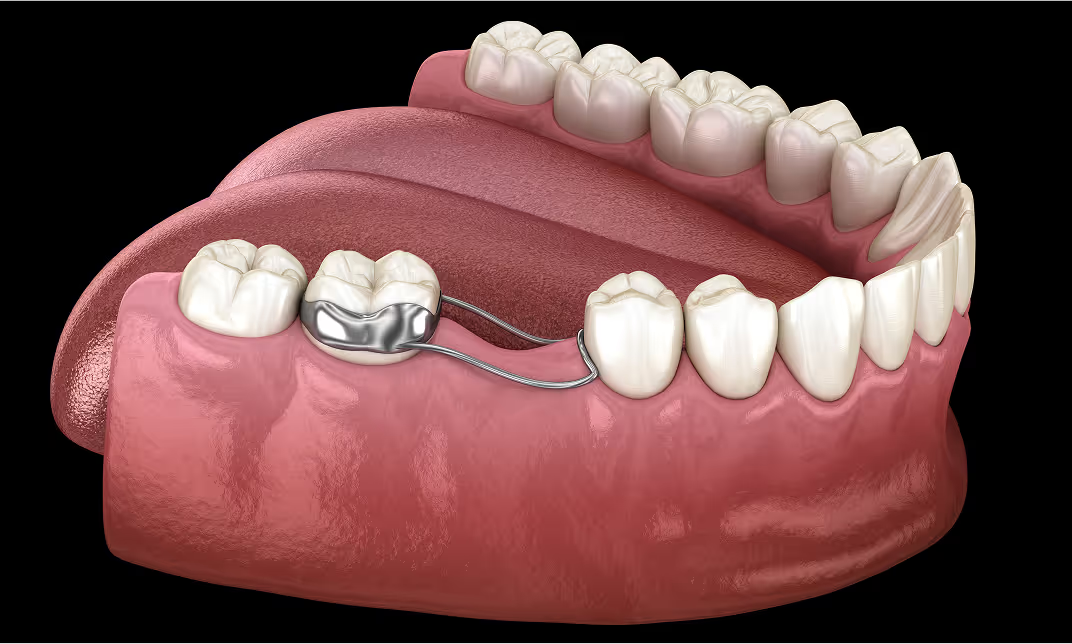
More Questions About Braces?
Now that you have a good sense of what orthodontic treatments are available, you may also wonder about the cost, whether you’re a good candidate for them, and how to choose a great provider. Use the table of contents to find out more, or schedule your consultation today.
